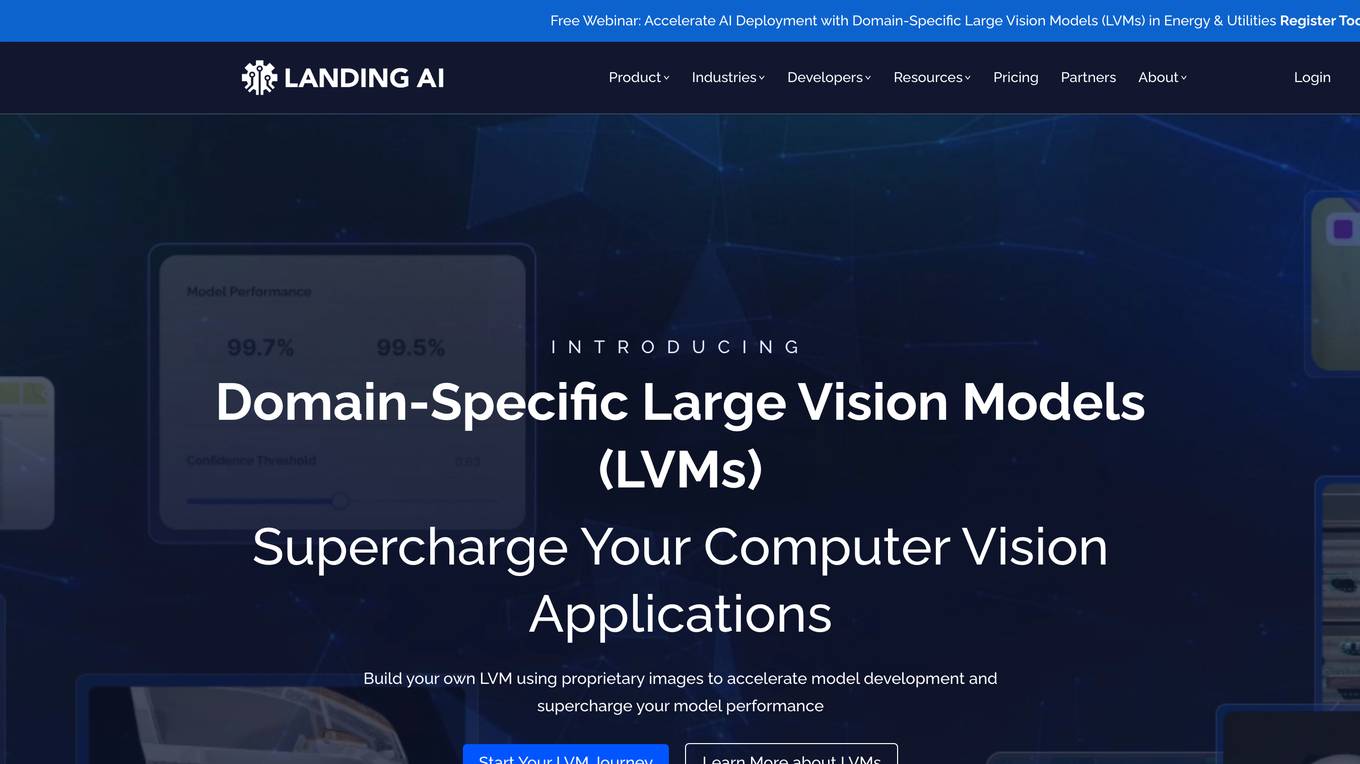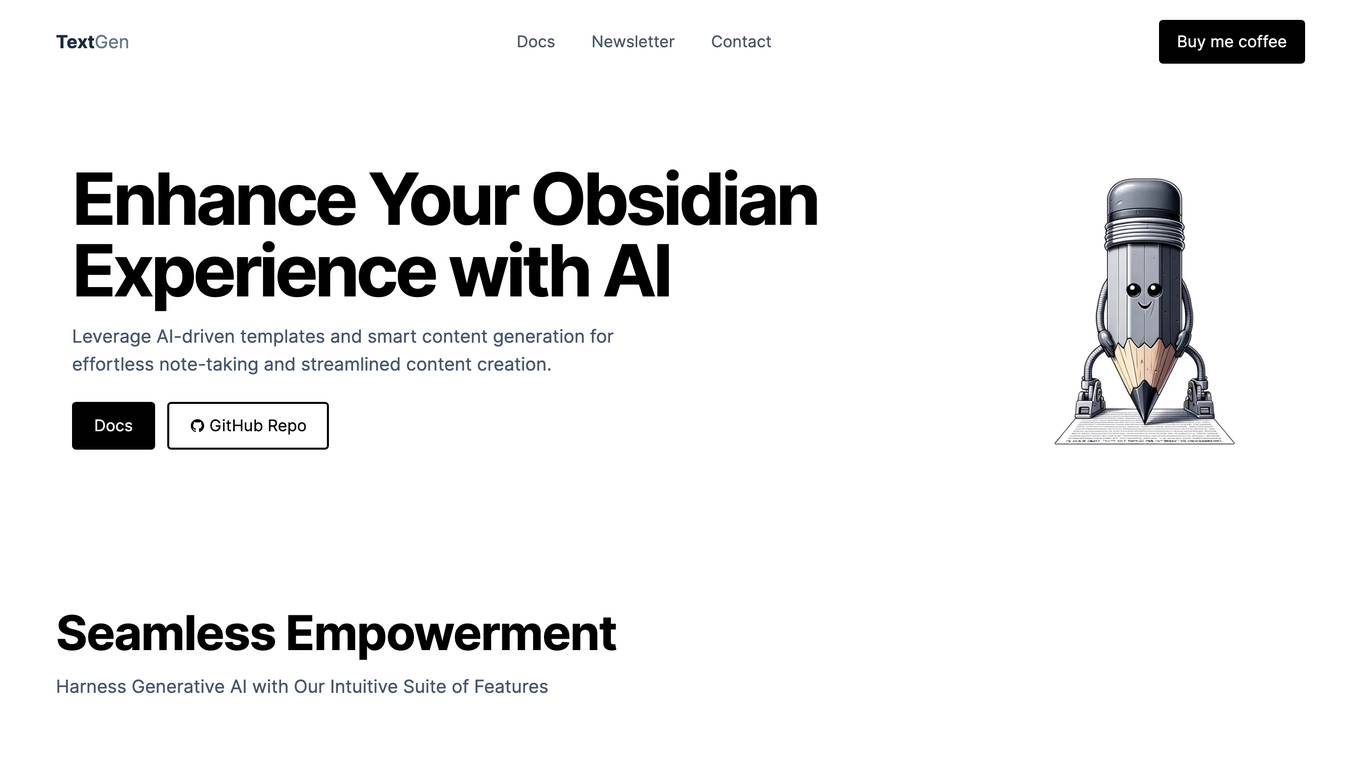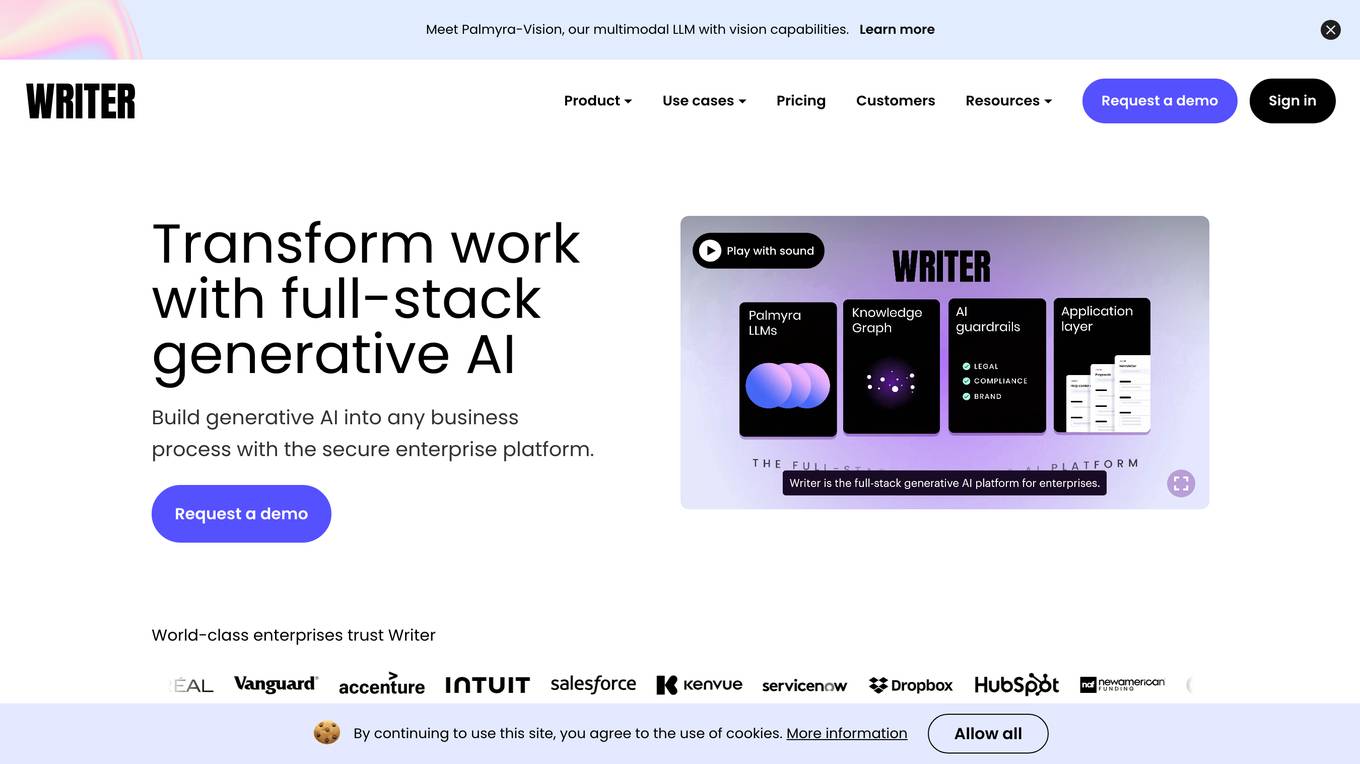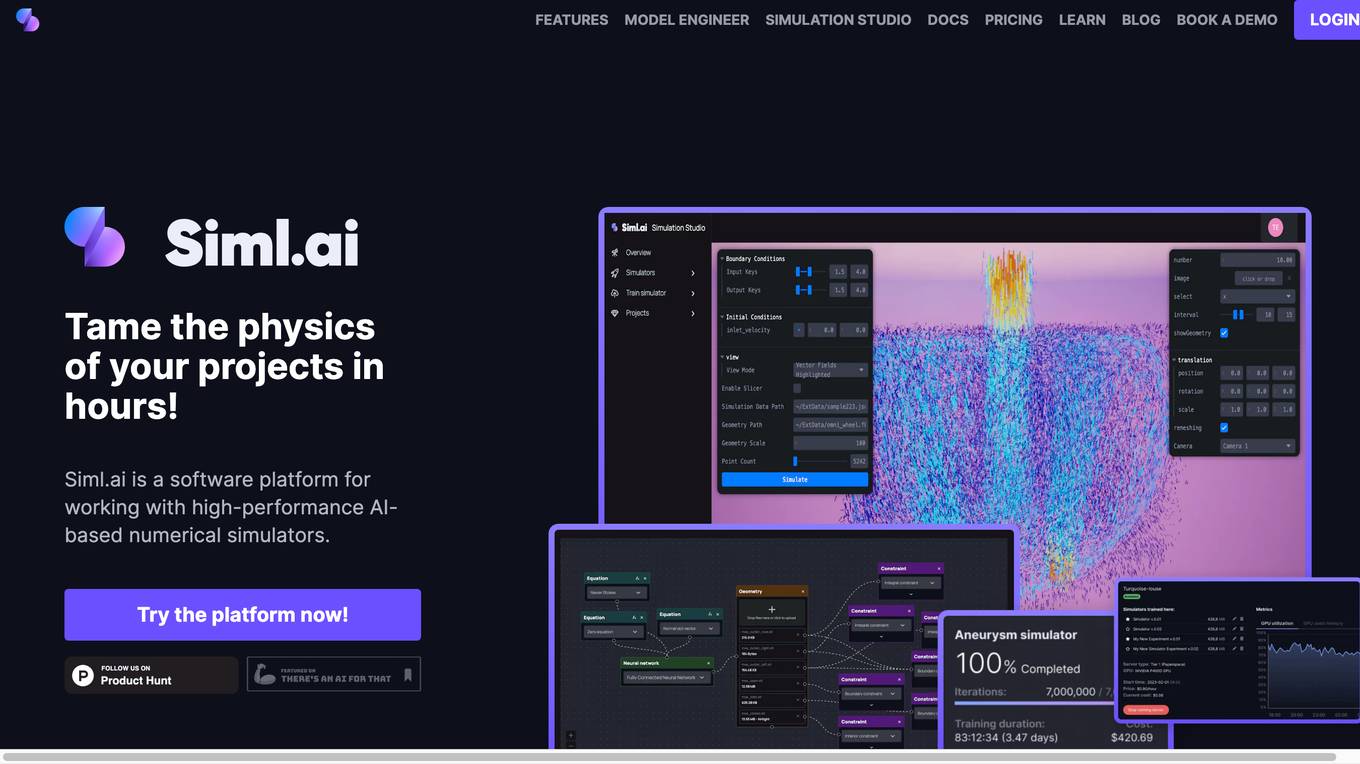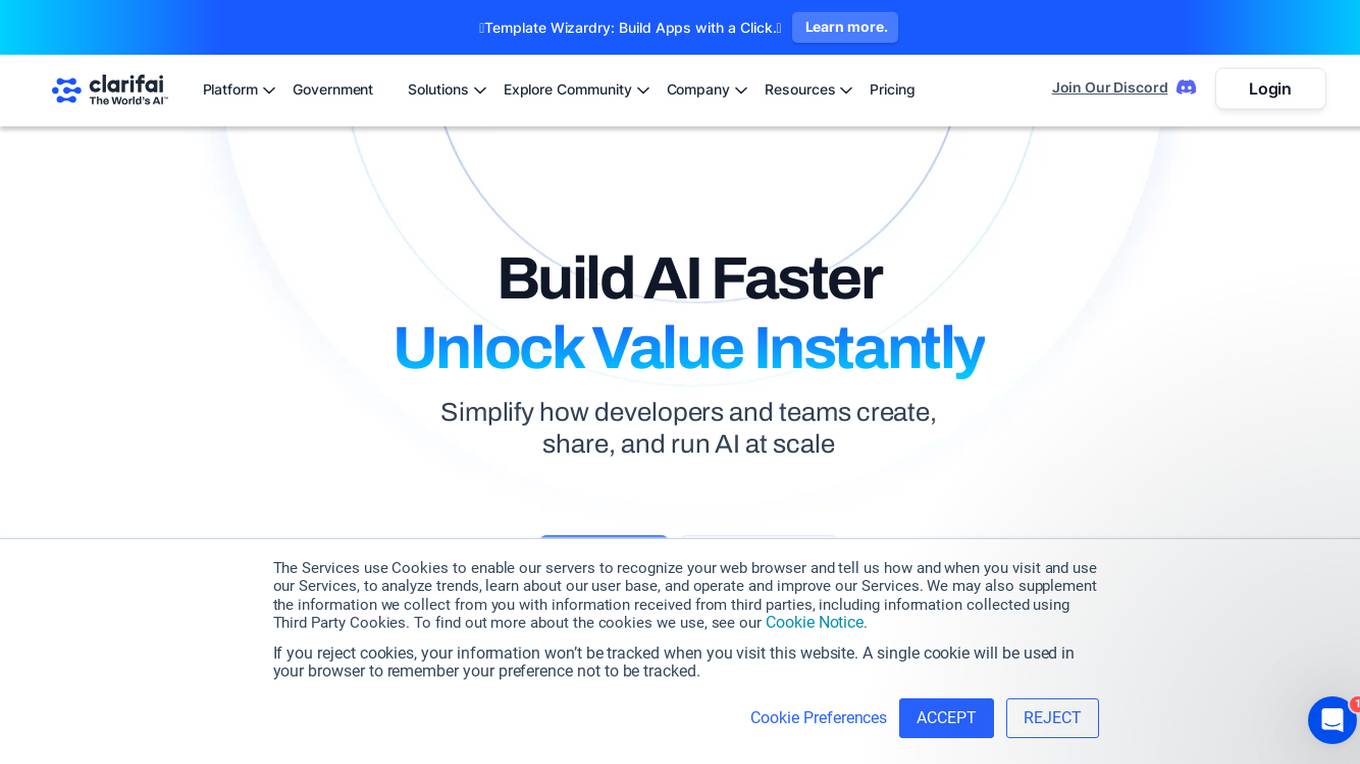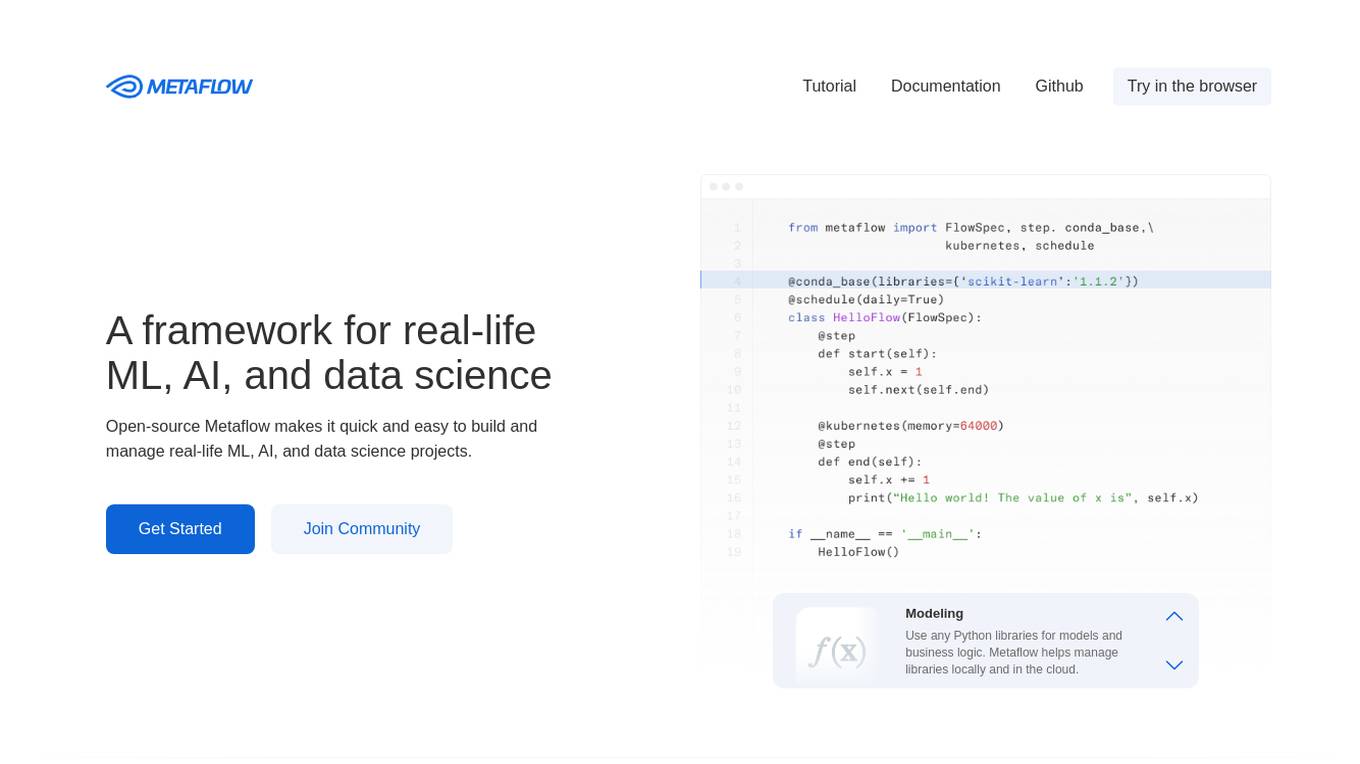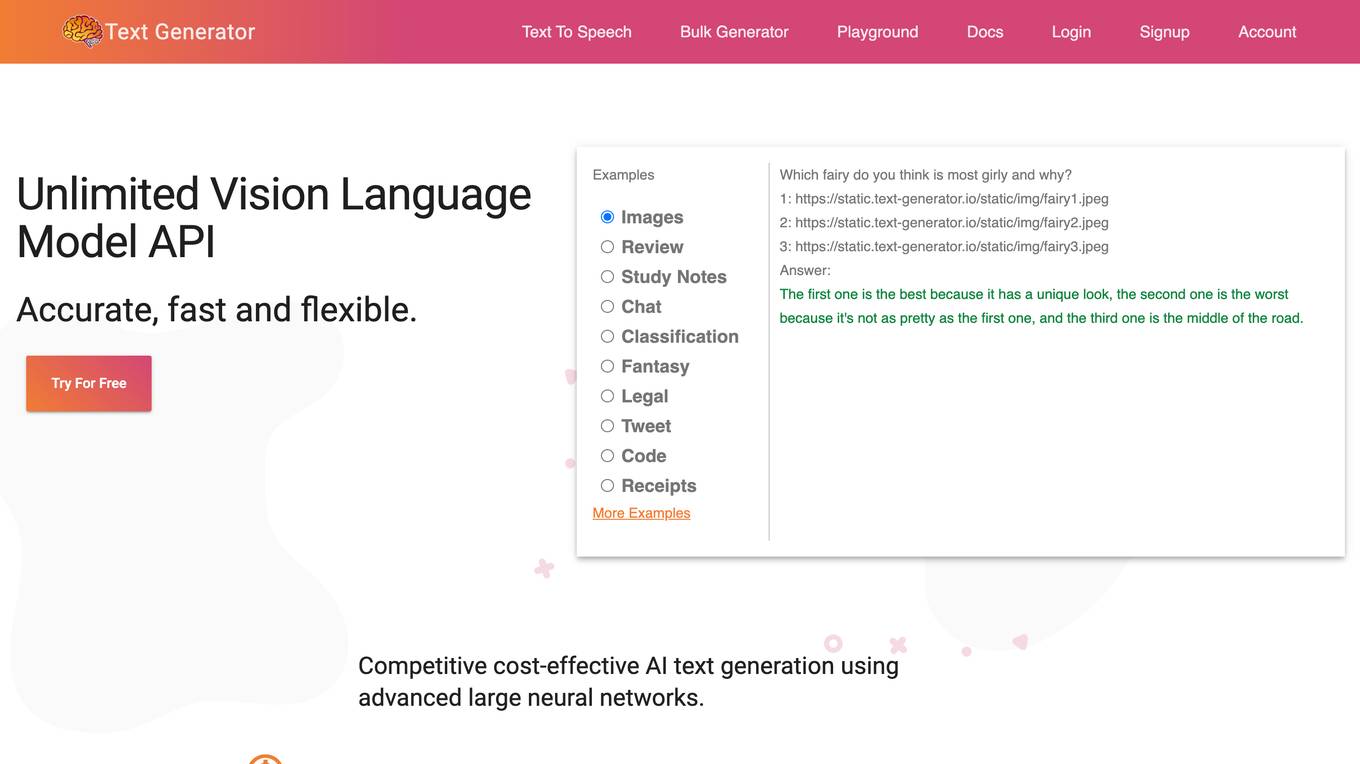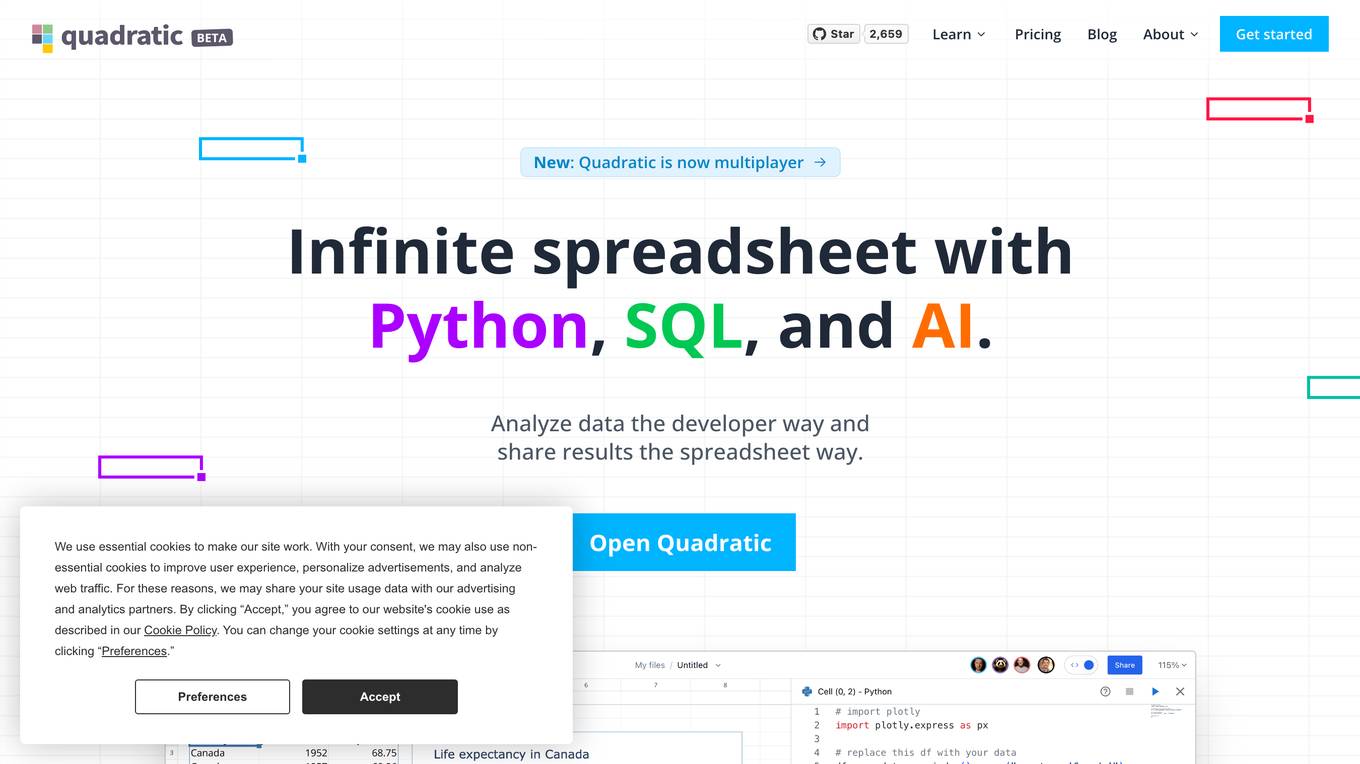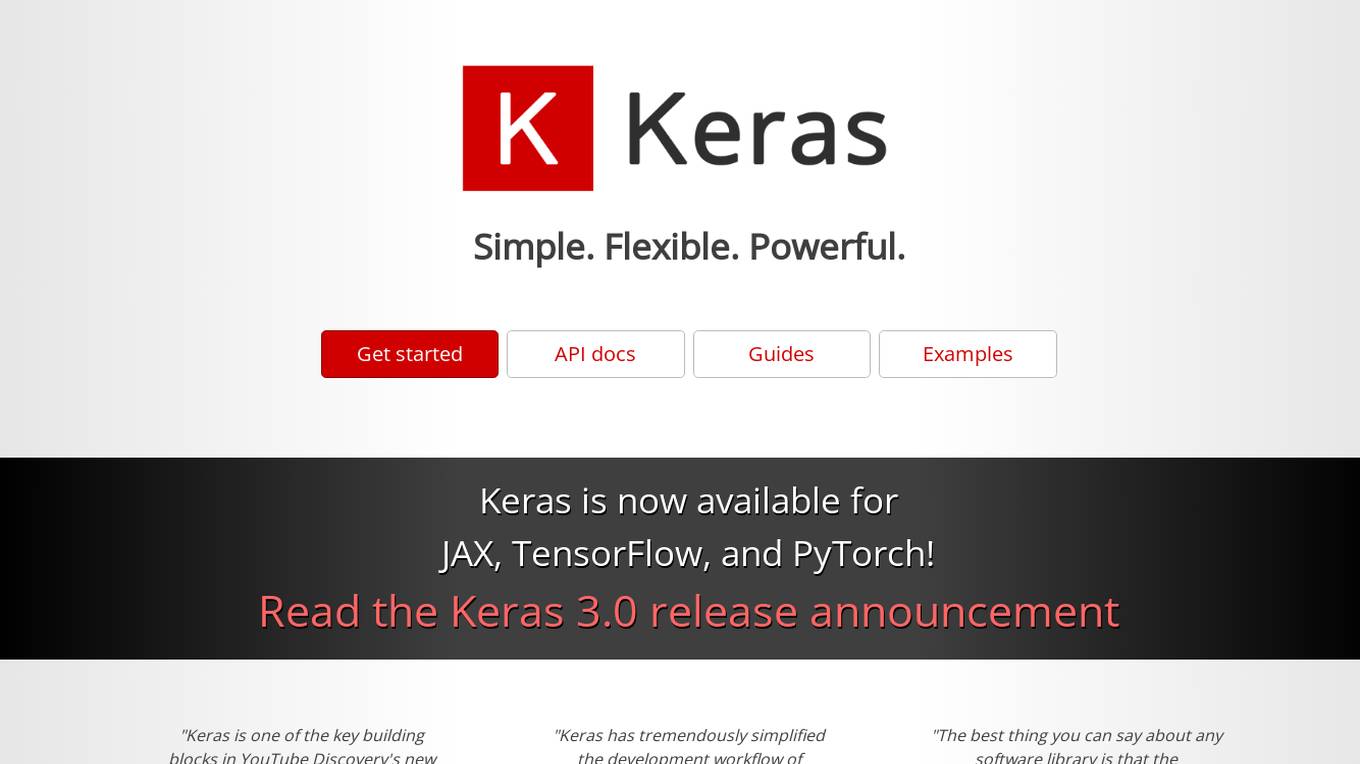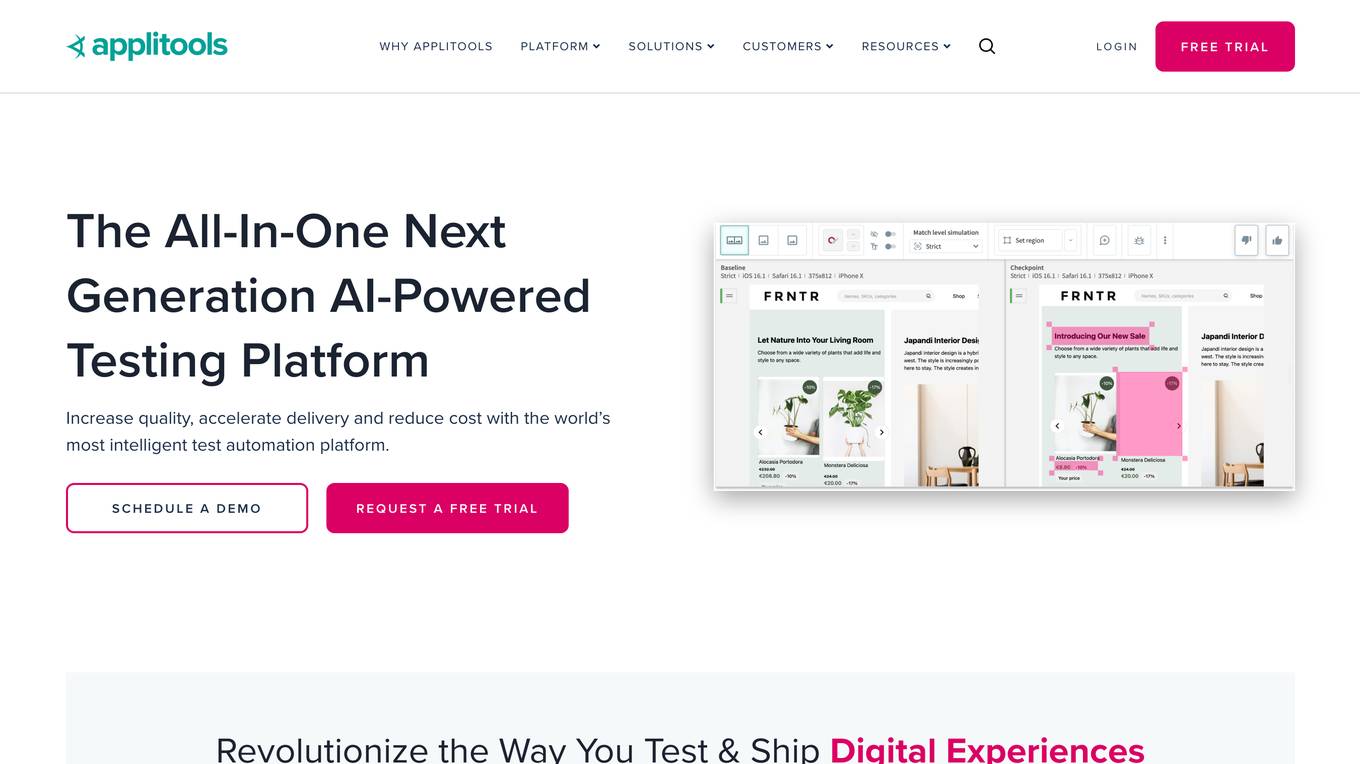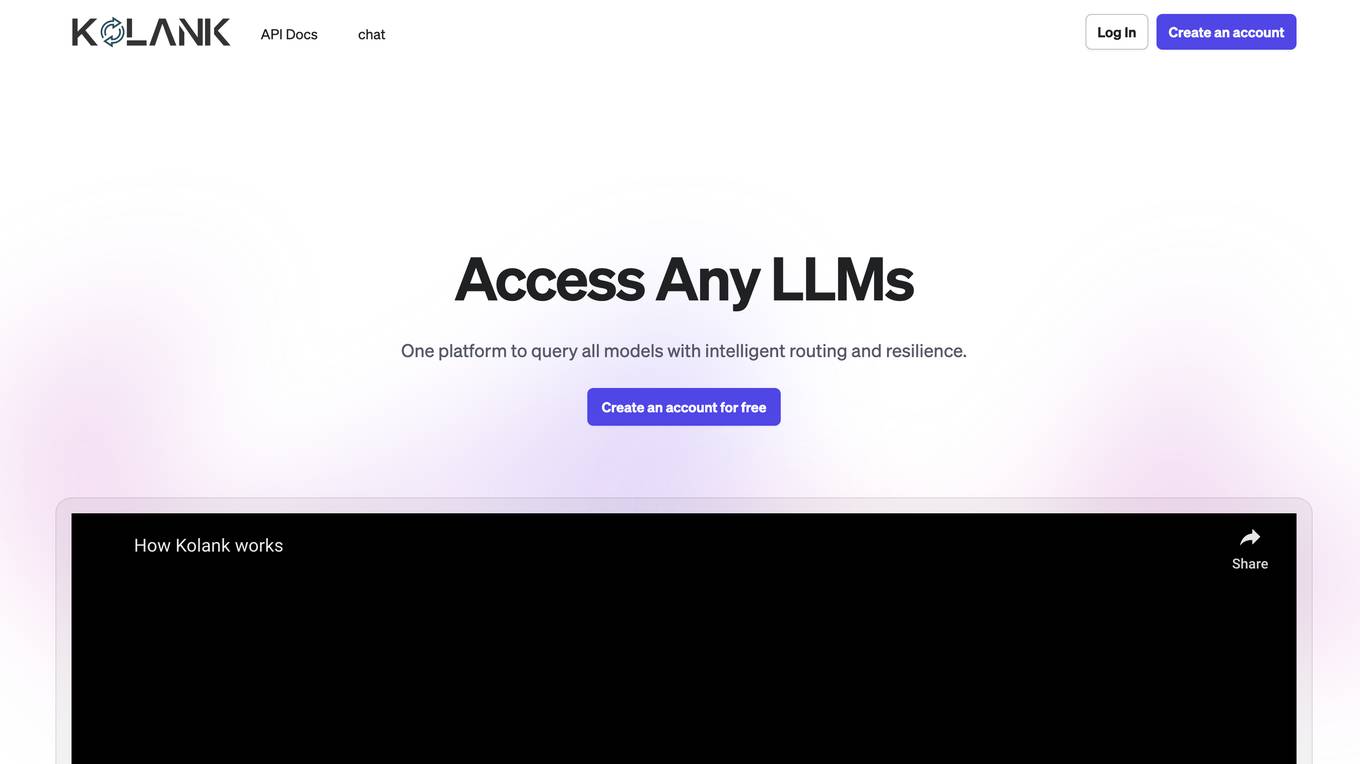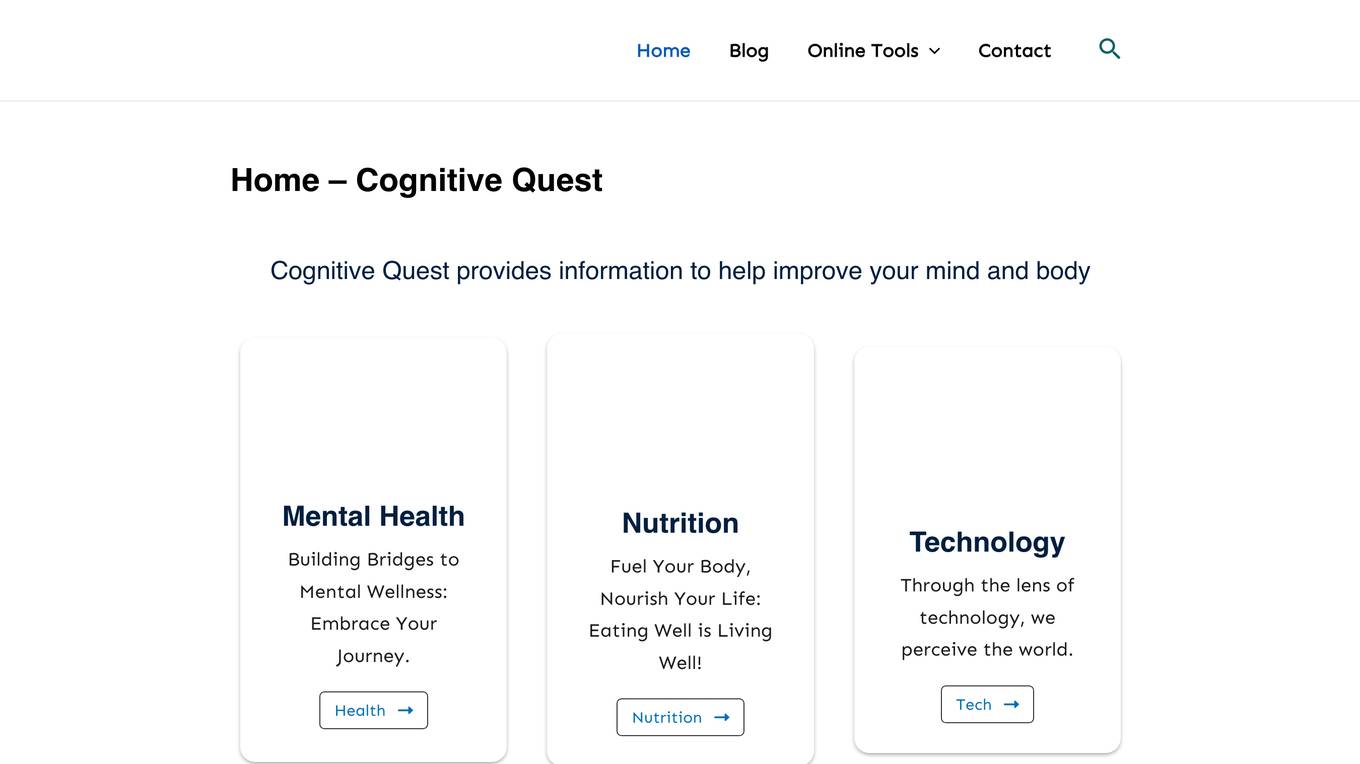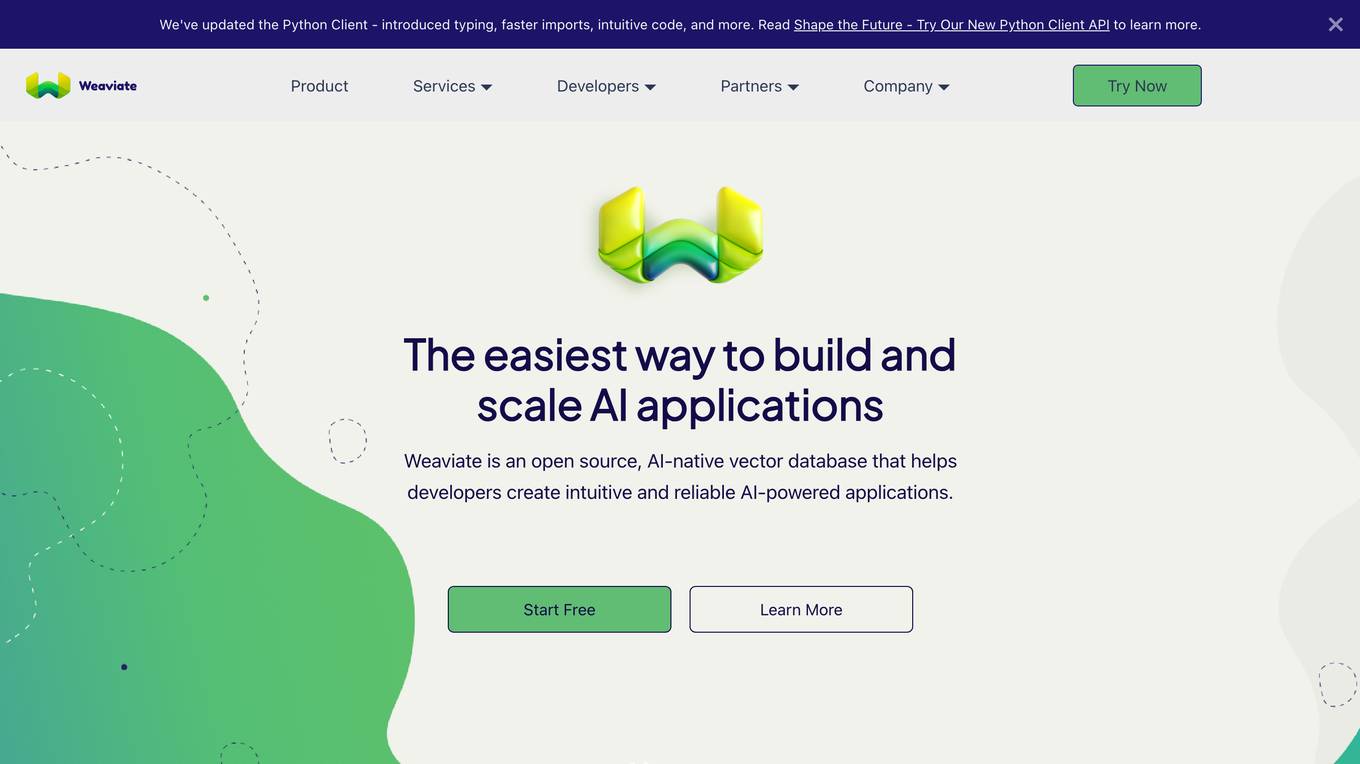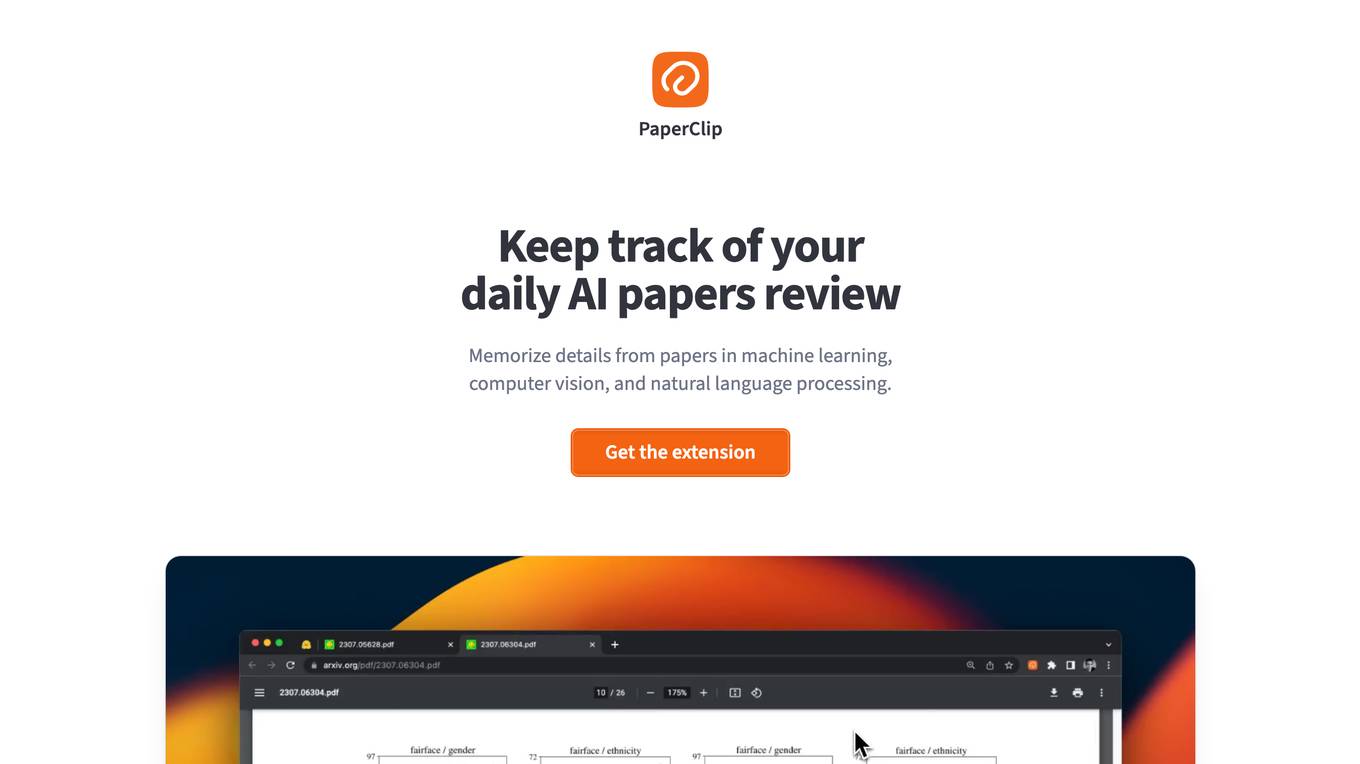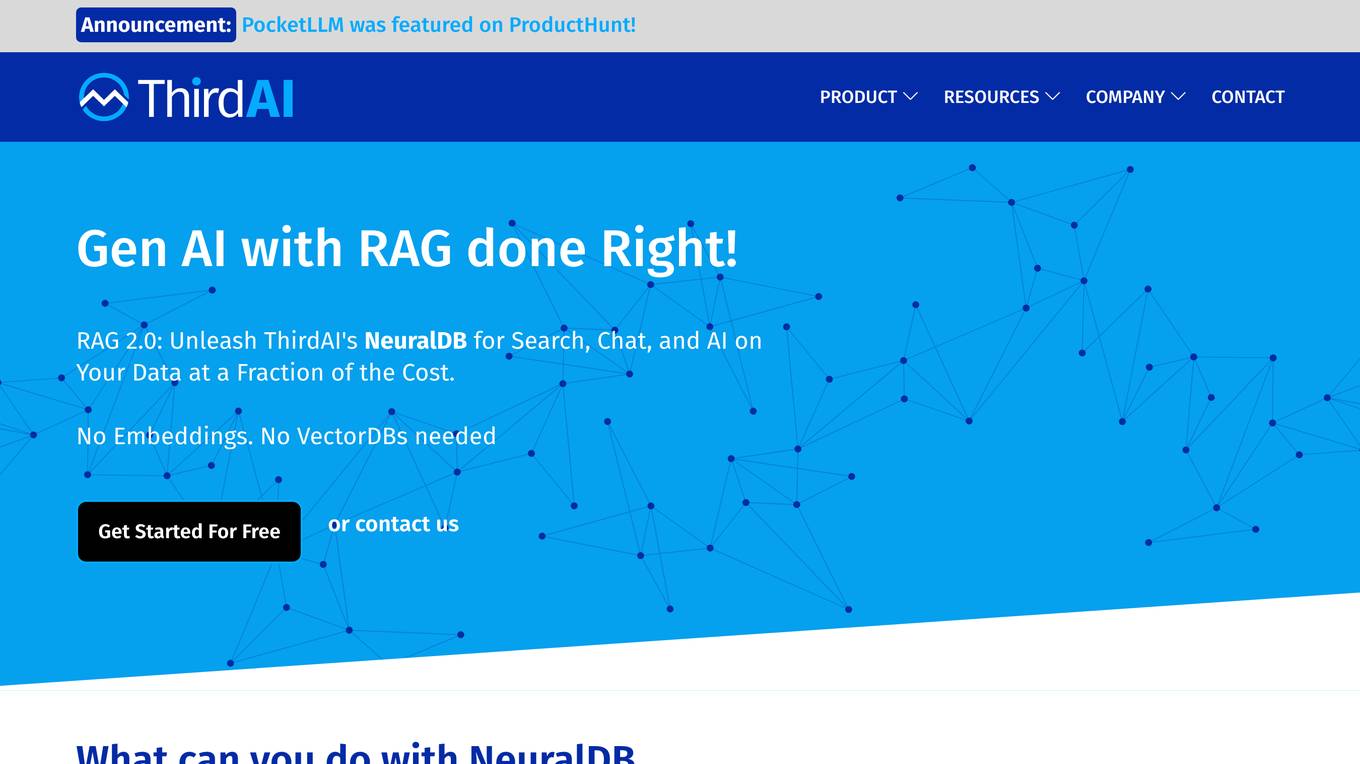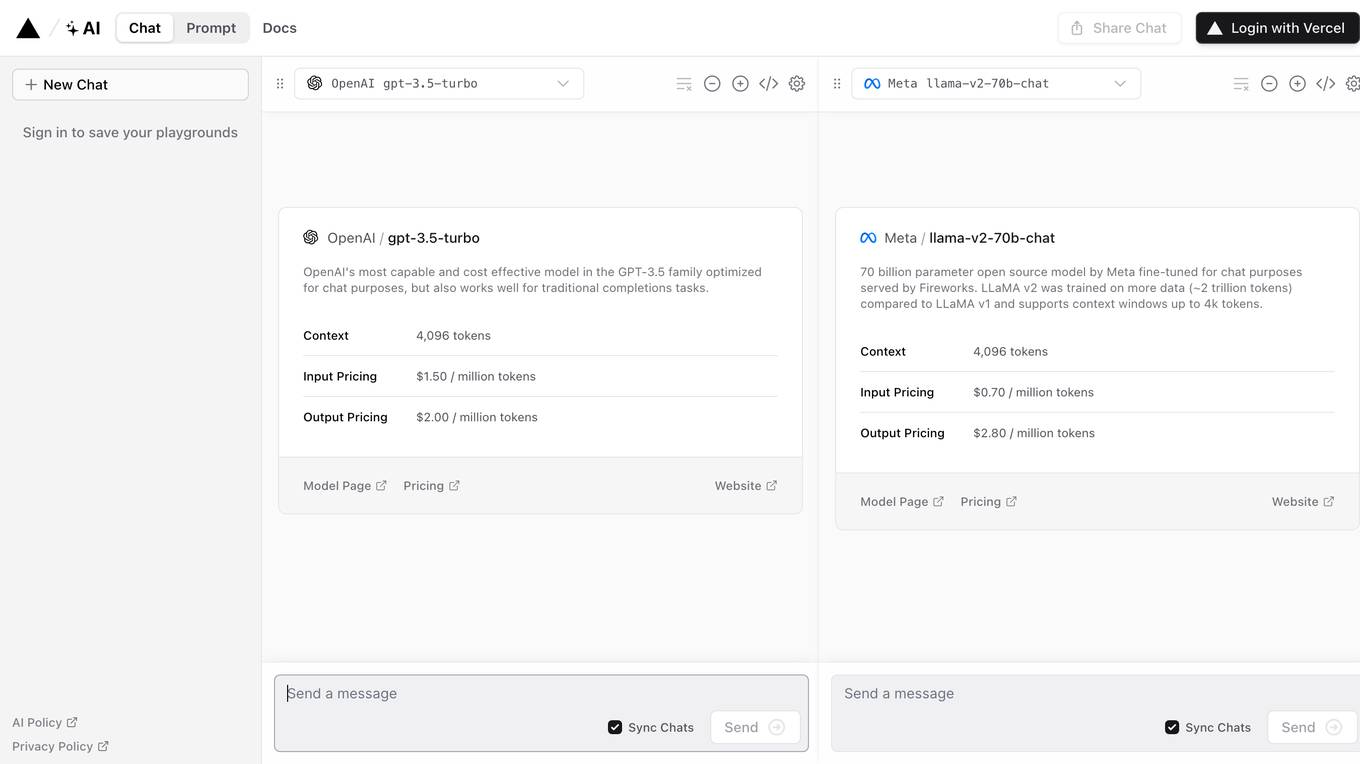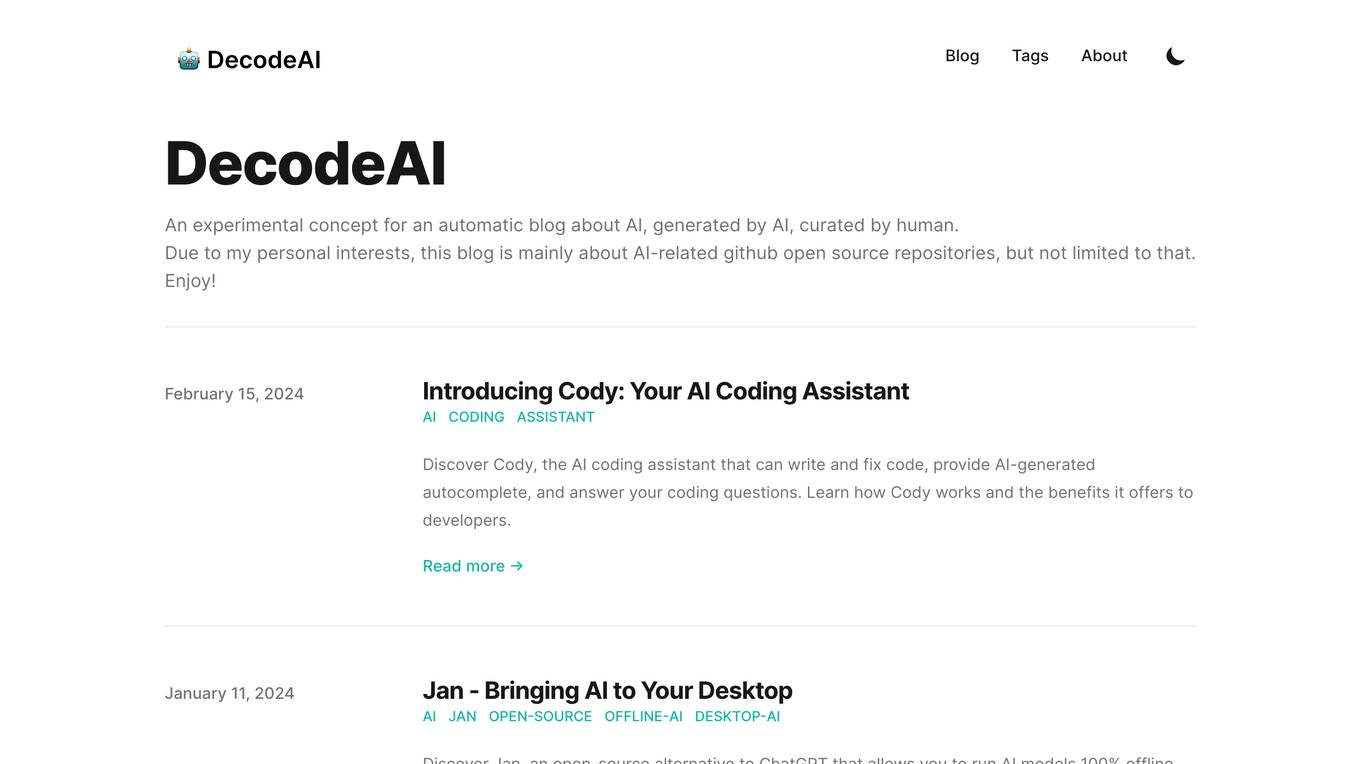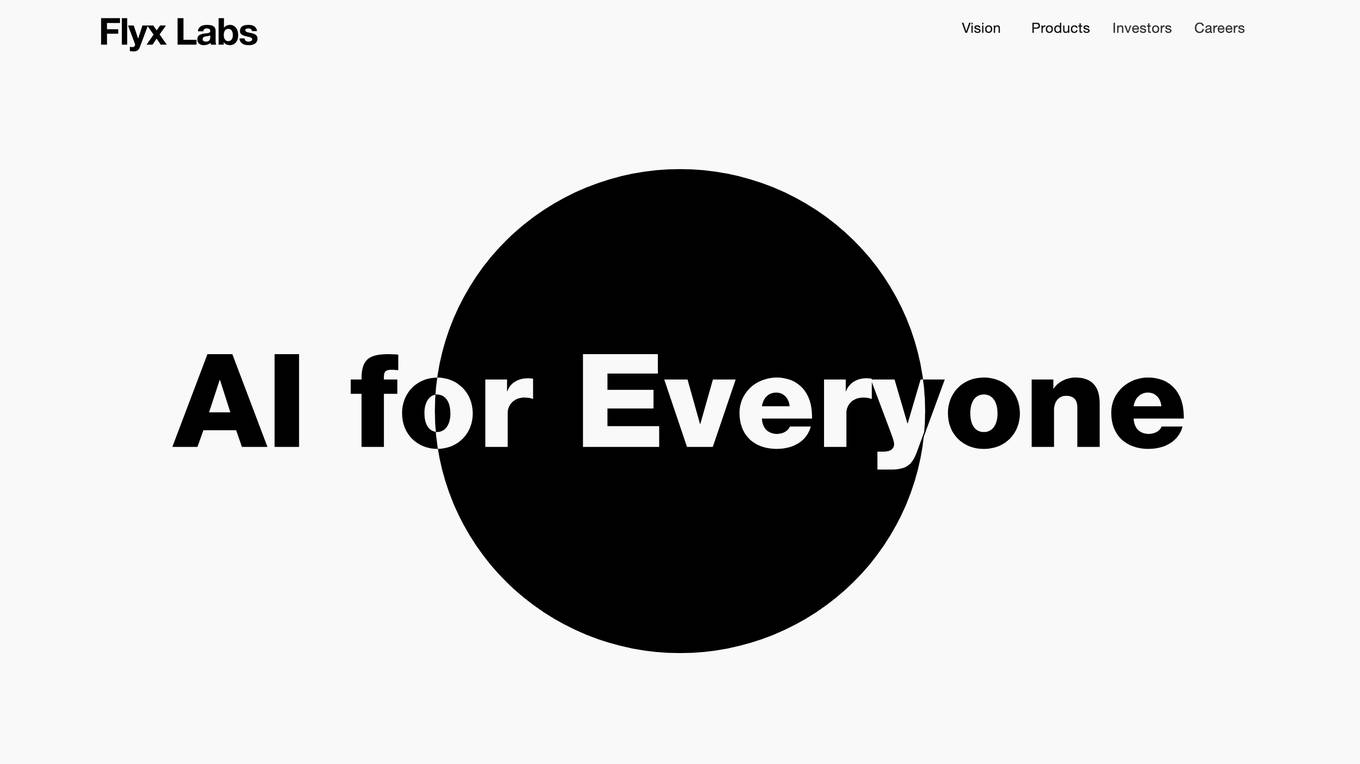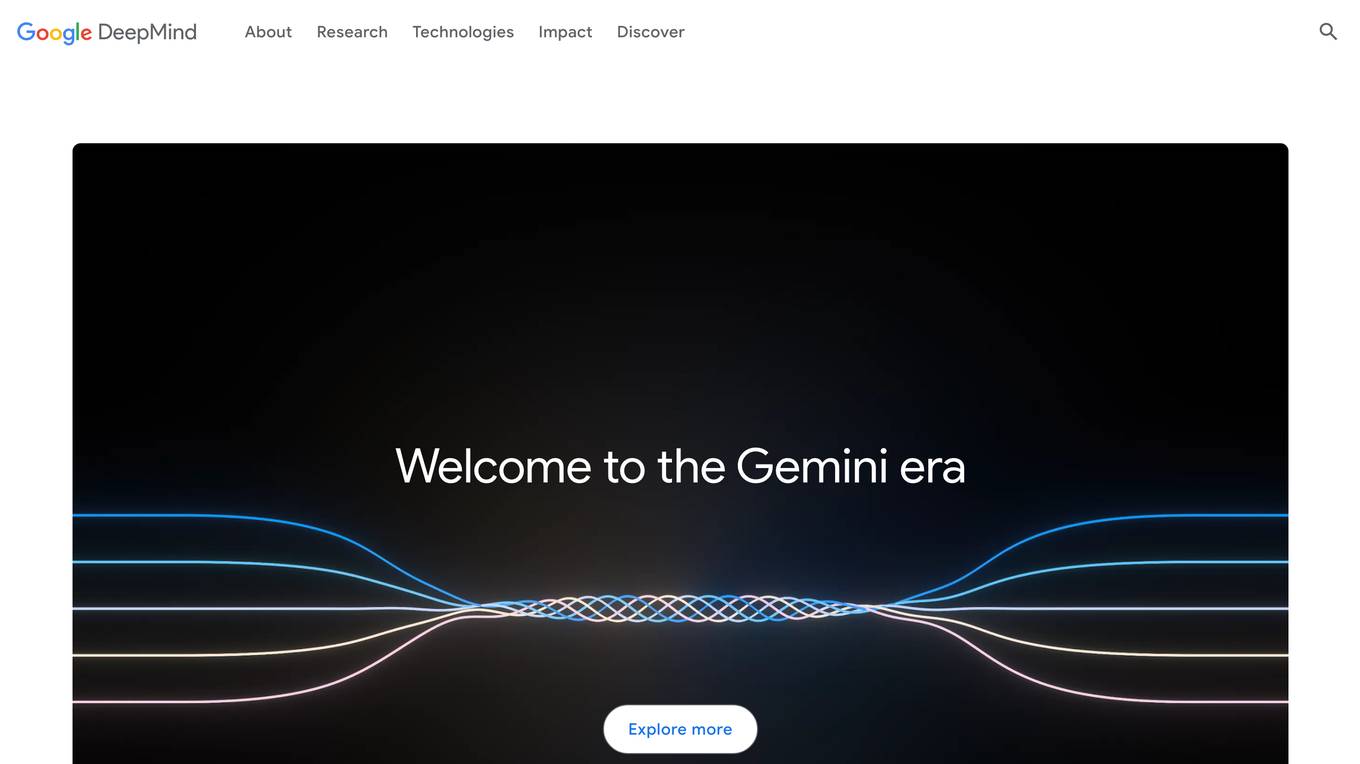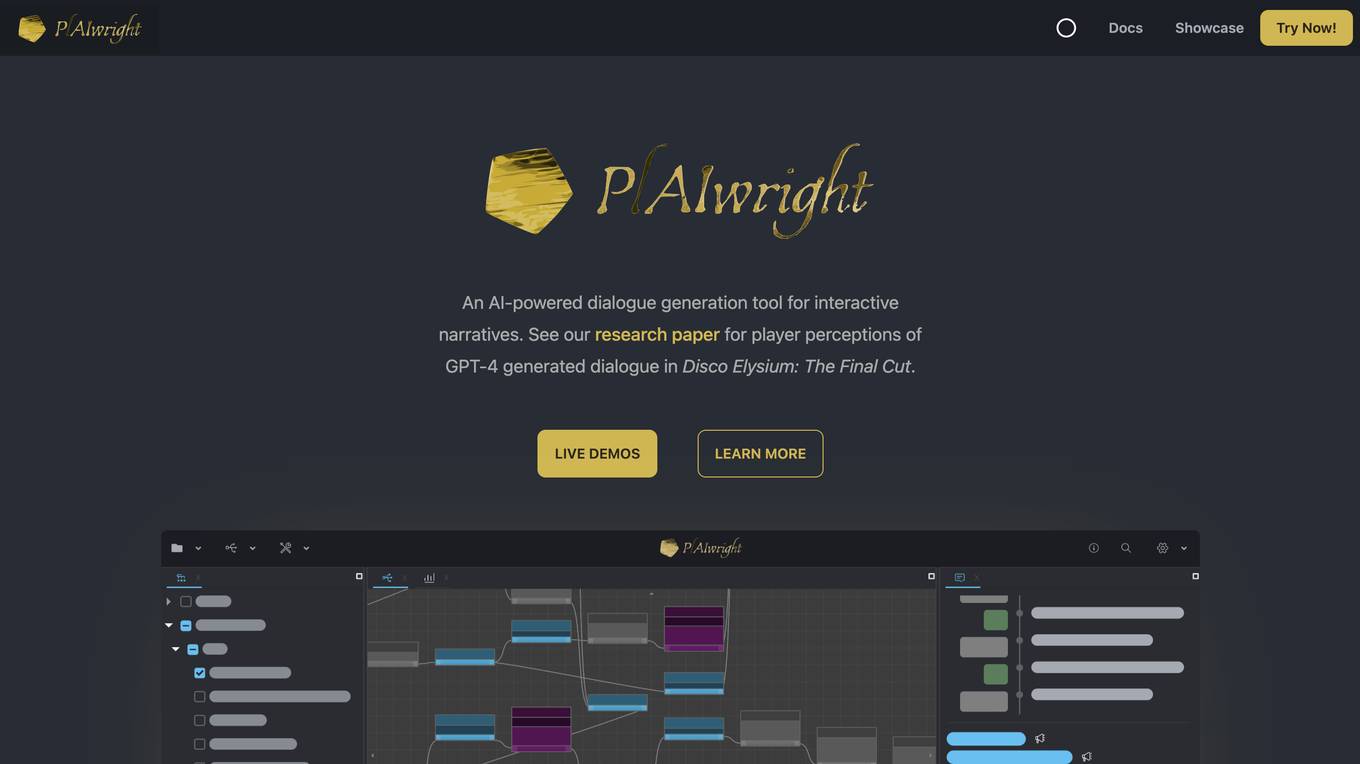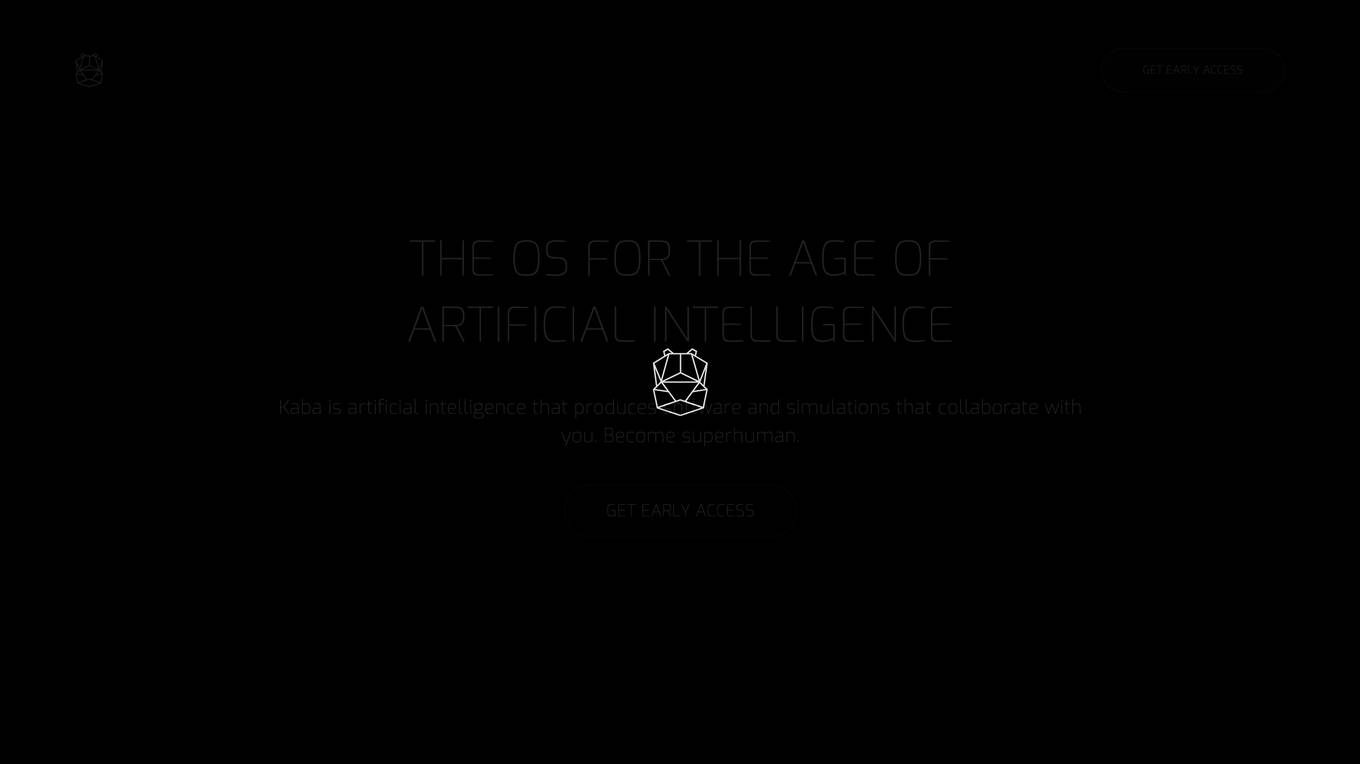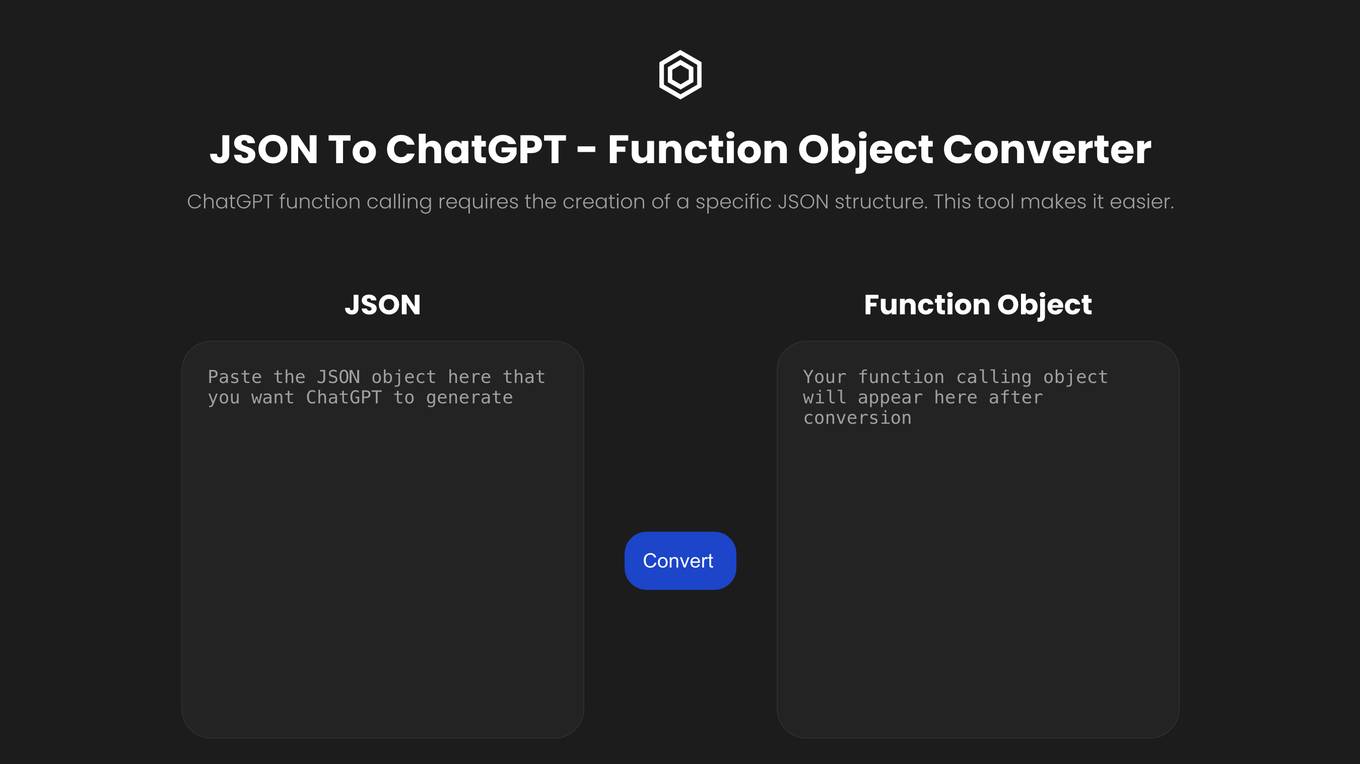ImageBind
ImageBind: A Revolutionary AI Model for Multimodal Data Analysis

Description:
ImageBind is a groundbreaking AI model developed by Meta AI that has the remarkable ability to link data from six different modalities: images, videos, audio, text, depth, thermal, and inertial measurement units (IMUs). This breakthrough in AI technology empowers machines to analyze and comprehend various forms of information simultaneously, mimicking the way humans perceive and understand the world through multiple senses. ImageBind's capabilities are showcased in a live demo, where users can witness its proficiency in handling image, audio, and text modalities. The model's versatility extends to enhancing existing AI models, enabling them to process input from any of the six supported modalities. This opens up new possibilities for applications such as audio-based search, cross-modal search, multimodal arithmetic, and cross-modal generation.
For Tasks:
For Jobs:
Features
- Binds data from six modalities (images, videos, audio, text, depth, thermal, IMUs) into a single embedding space.
- Supports zero-shot and few-shot recognition tasks across modalities.
- Enhances existing AI models to accept input from multiple modalities.
- Facilitates audio-based search, cross-modal search, multimodal arithmetic, and cross-modal generation.
- Achieves state-of-the-art performance on emergent zero-shot recognition tasks.
Advantages
- Enables machines to analyze and understand information more comprehensively, similar to human perception.
- Improves the performance of AI models by providing access to a wider range of data modalities.
- Opens up new possibilities for AI applications in various domains, such as multimedia search, multimodal interaction, and cross-modal learning.
- Advances the field of AI by introducing a novel approach to multimodal data analysis.
- Provides a foundation for developing more sophisticated and versatile AI systems.
Disadvantages
- May require significant computational resources for training and deployment.
- The accuracy and effectiveness of ImageBind may vary depending on the quality and diversity of the training data.
- The model's performance may be limited in situations where the relationships between different modalities are complex or ambiguous.
Frequently Asked Questions
-
Q:What is the purpose of ImageBind?
A:ImageBind is an AI model that links data from multiple modalities, enabling machines to analyze and understand information more comprehensively. -
Q:How does ImageBind work?
A:ImageBind learns a single embedding space that binds together multiple sensory inputs, allowing it to recognize the relationships between different modalities. -
Q:What are the benefits of using ImageBind?
A:ImageBind enhances the performance of AI models, opens up new possibilities for AI applications, and advances the field of AI by introducing a novel approach to multimodal data analysis. -
Q:What are the limitations of ImageBind?
A:ImageBind may require significant computational resources and its accuracy may vary depending on the quality of the training data. -
Q:Who developed ImageBind?
A:ImageBind was developed by Meta AI, a research division of Meta Platforms.
Alternative AI tools for ImageBind
Similar sites

IBM Watsonx
Accelerate responsible, transparent and explainable workflows for generative AI built on third-party platforms
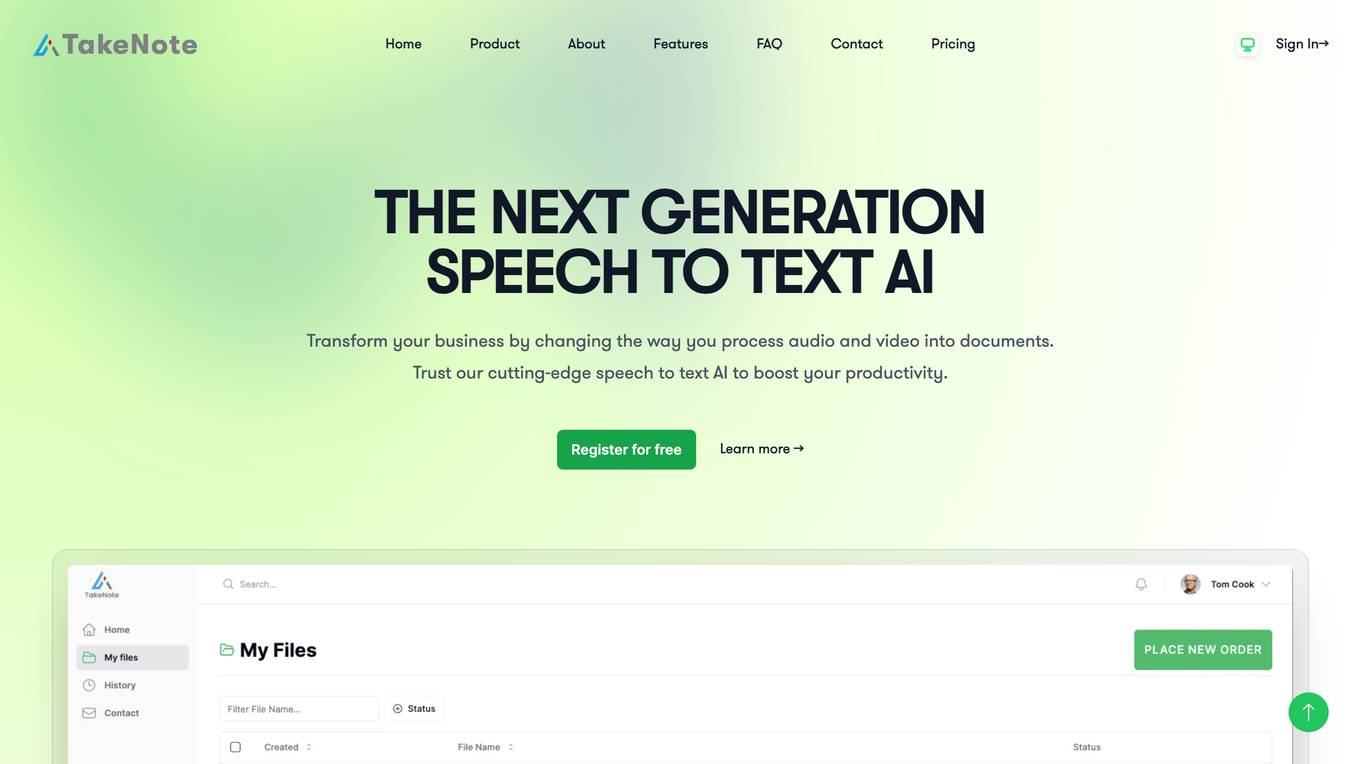
TakeNote
Transform your business by changing the way you process audio and video into documents.
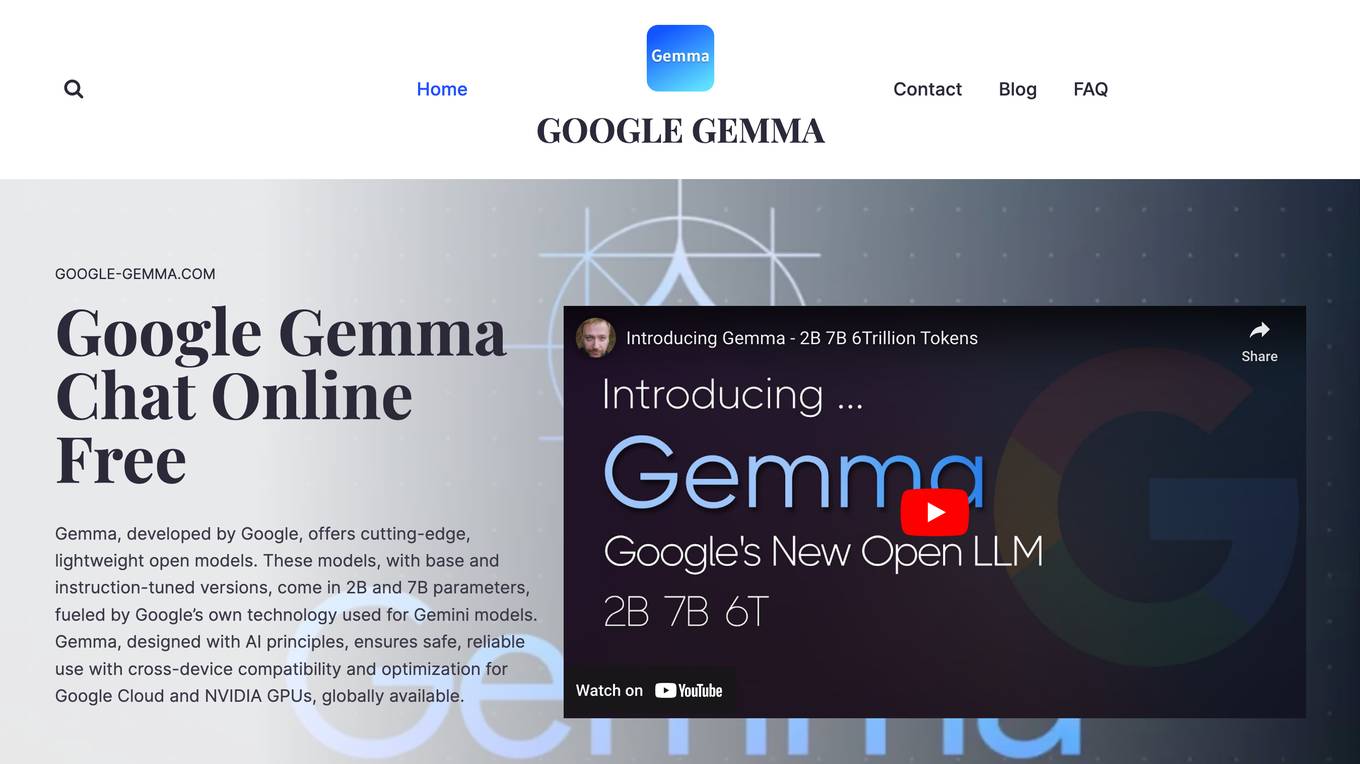
Google Gemma
Free Gemma, developed by Google, offers cutting-edge, lightweight open models.
